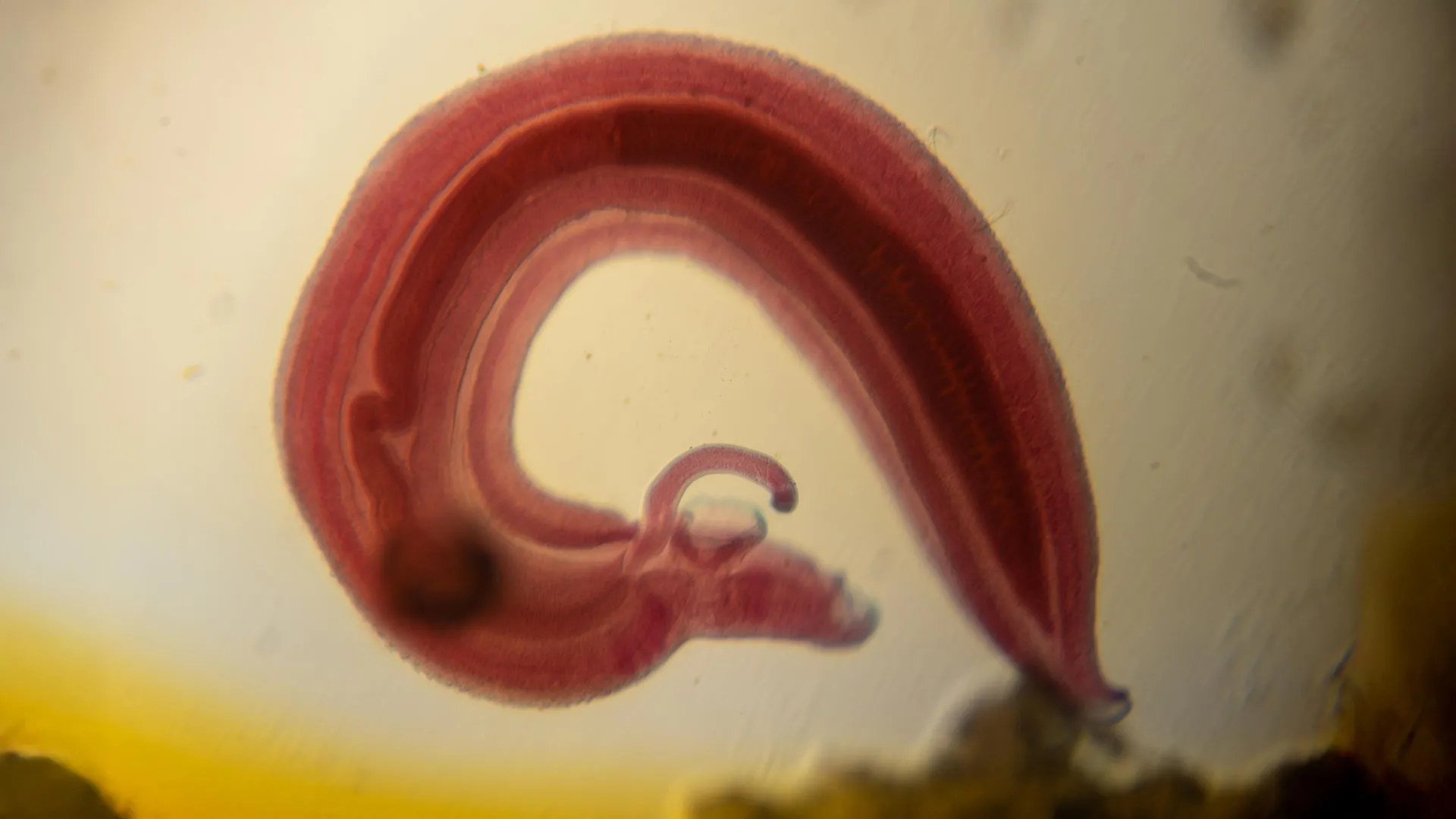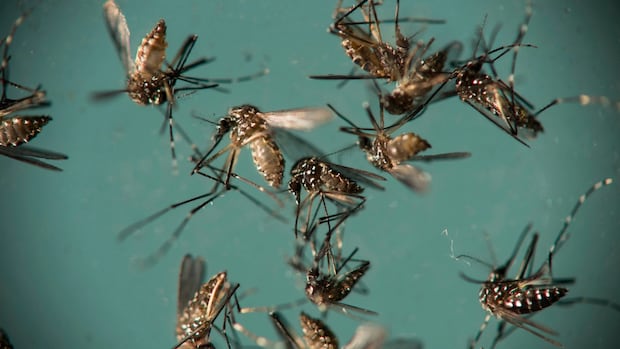China’s Chikungunya Crisis: Are Insect Control Methods Enough?

Imagine waking up with a fever and excruciating joint pain, only to find out that a viral outbreak is sweeping through your country! That’s the reality for thousands in China right now as the government scrambles to contain chikungunya, a virus that has gripped Guangdong Province with over 6,000 reported cases.
The Chinese government has launched a series of harsh prevention and control measures to combat the chikungunya outbreak that has raised alarms among medical professionals and citizens alike. Between August 3 and August 9, 2025, Guangdong Province alone reported a staggering 1,387 new chikungunya cases, according to The EPOCH Times, citing a notice from the provincial Centers for Disease Control and Prevention (CDC).
The first cases were detected on July 8 in Foshan, Guangdong, and the cumulative number had already surpassed 6,000 by the end of July. In response, authorities have instituted mandatory blood tests to check for the virus, which is a stark contrast to the saliva tests used during the COVID-19 pandemic. This swift action has left many residents anxious but hopeful for a resolution.
China's largest mosquito breeding facility in Huangpu District, Guangzhou, is now operating at full throttle, releasing 5 million specially treated male mosquitoes every week. This ambitious measure aims to introduce a natural bacterium called Wolbachia into the local mosquito population. These specially modified males are expected to mate with the wild female mosquitoes, producing unviable eggs that cannot hatch—a population control technique known as Wolbachia transinfection.
Gong Juntao, a leading researcher at the Wolbaki facility, explains that when these infected males mate with wild females, the resultant eggs are unable to develop due to a genetic incompatibility. However, this method is not without its pitfalls; if infected female mosquitoes are inadvertently released into the wild, they could continue to breed, potentially exacerbating the outbreak.
Chikungunya, first identified during an outbreak in Tanzania in 1952, is named after a Makonde word meaning “that which bends up,” a nod to the severe pain it inflicts on those infected. The virus spreads predominantly through mosquito bites, and while many experience mild symptoms like fever, muscle pain, and fatigue, some suffer debilitating joint pain that can linger for months or even years.
The World Health Organization notes that severe cases are rare and typically occur in vulnerable populations, including infants and the elderly with pre-existing health conditions. Unfortunately, there is no specific treatment for chikungunya, although symptomatic relief can be provided through medications. Two vaccines have been approved in various regions, including the UK and Brazil, targeting travelers, but they are not widely available in the most affected areas.
As the chikungunya outbreak continues to unfold, it raises critical questions about the efficacy of current mosquito control methods and the health measures being implemented. Will these strategies be enough to contain the virus, or are they just a band-aid on a larger issue?



























